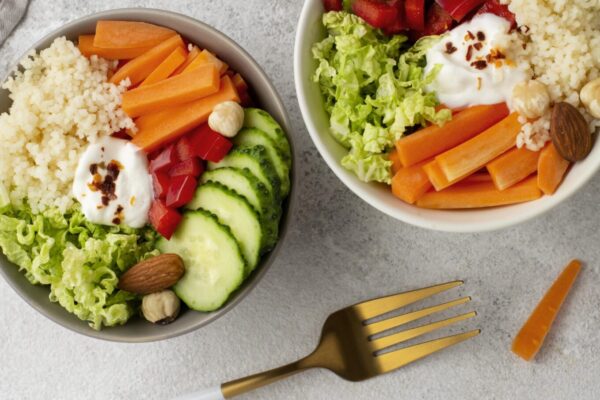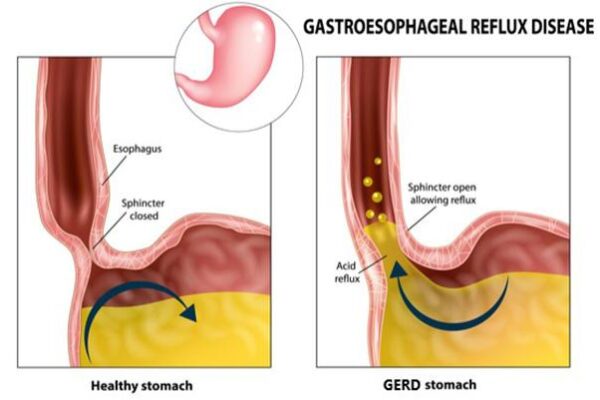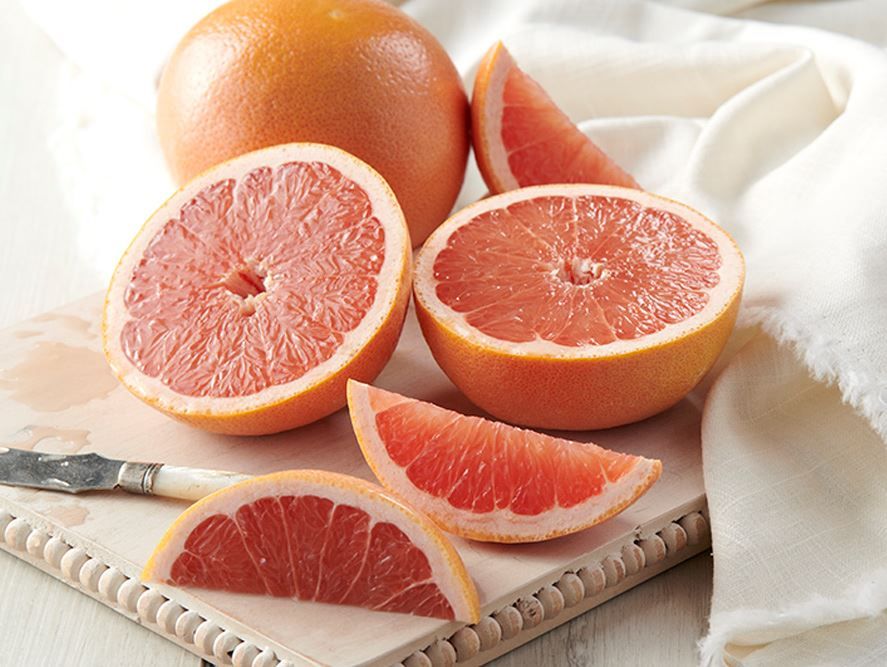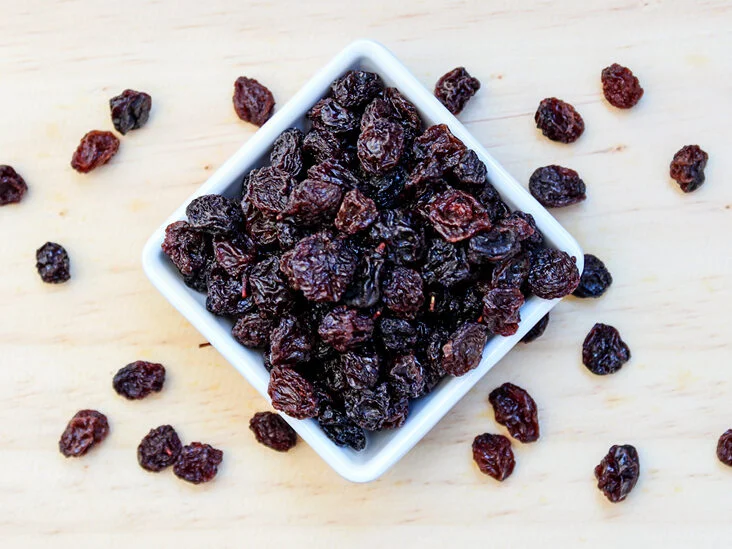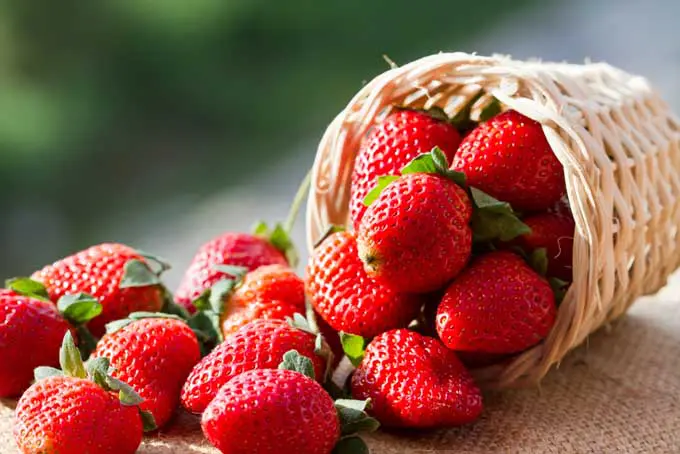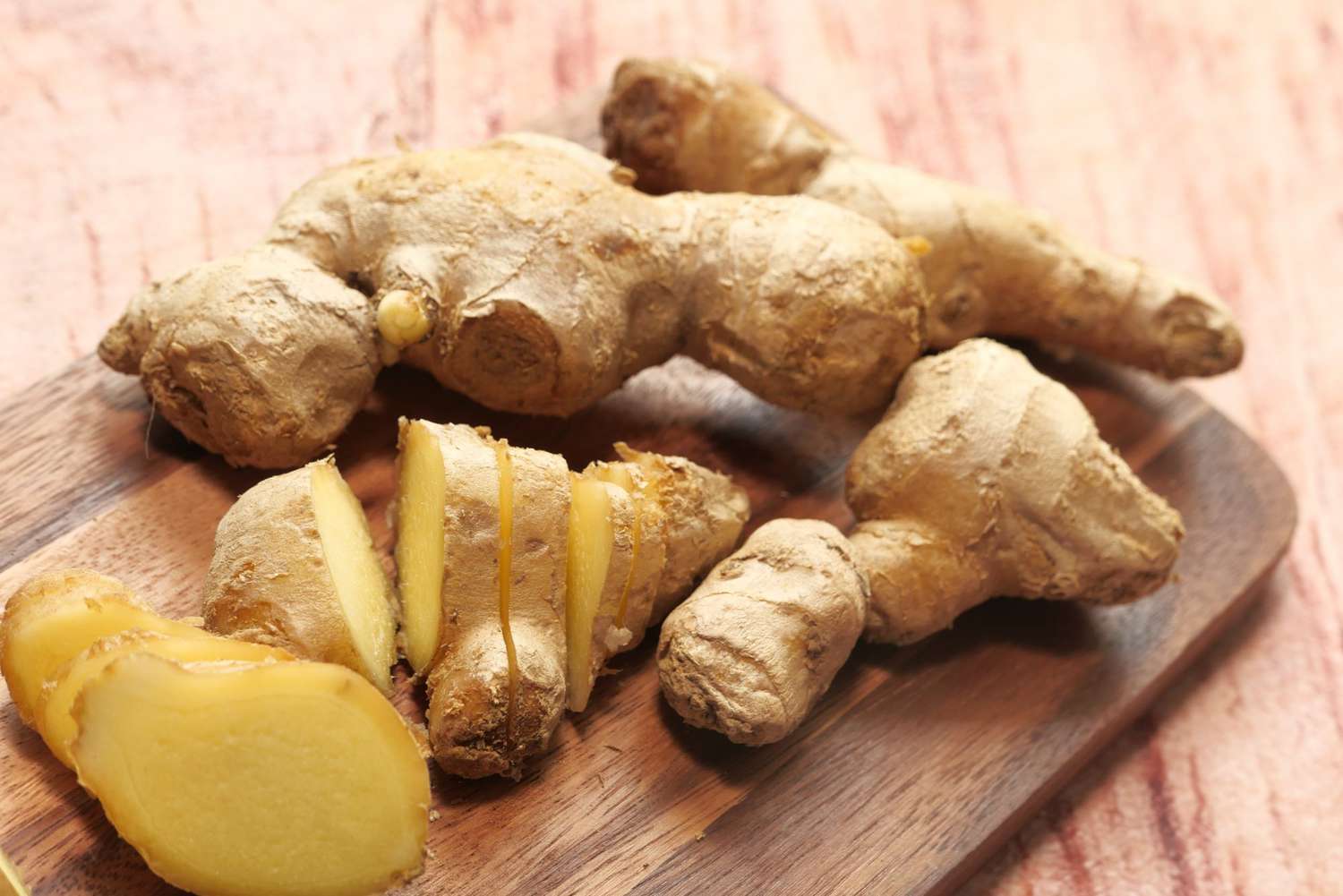Grains and Legumes
Gluten is a general name for the proteins found in wheat. According to Wikipedia Gluten is a mixture of proteins found in wheat and related grains, including barley, rye, oat (depending on cultivar and processing), and all their species and hybrids.
It gives elasticity to dough, helping it rise and keep its shape and often gives the final product a chewy texture. It is a composite of storage proteins and it is conjoined with starch in the endosperm of various grass related grains. The fruit of most flowering plants have endosperms with stored protein to nourish embryonic plants during germination. True gluten is limited to certain members of the grass family. The stored proteins of maize and rice are sometimes called glutens, but their proteins differ from true gluten.
Phytic acid is one of the anti-nutrients in grains and legumes (Fife, 2010). It is the principle storage form of phosphorous in many plants and tissues especially in bran portion of grains and other seeds (Fife, 2010). The mineral phosphorous is tightly bound in a snowflake like molecule in the phytic acid. In humans and animals the phosphorous is not readily bioavailable and the arms of the phytic acid blocks the absorption of minerals such as calcium, magnesium, iron, zinc making them unavailable. In this form it is called phytate. As a result, a high phytate diet results in mineral deficiencies, so it is recommended to eat foods high in phytic acid about 1-2 hours after taking minerals. This ensures that the vitamins are absorbed.
Lectins are types of cell proteins that binds to cell membranes. They bind sugar and are the “glycol†portion on the membranes. They are found in raw legumes and grains and in the seed that becomes the leaves when the plant sprouts. Lectins are also found in dairy products. They are resistant to human digestion and enter the blood unchanged. Lectins play a role in immune function, cell growth, cell death, and body fat regulation.
Soaking Method
Soaking grains and legumes high in phytase will reduce the phytic acid content. Soaking mung bean at 92 degrees F for 24 hours decrease the phytic content by 4-51%. Soaking grains and legumes at room temperature for 24 hours will reduce the phytic acid levels by 16 – 21%. So soaking overnight will reduce the phytic acid in these grains and legumes.
To reduce lectin content soak grains and legumes overnight and change water often. Drain and rinse again before cooking. Also adding sodium bicarbonate to the water will help to neutralize the lectins.
Grains with Gluten- Wheat, Barley, Rye, oats, Triticale
Grain without Gluten- Amaranth, buckwheat, Millet, corn, Rice, Quinoa, Sorghum
OatsOats are inherently gluten free, but are frequently contaminated with wheat during the growing and or processing. Several companies such as Bob Red Mill, Cream Hill Estates and GF Harvest are currently among those companies that offer pure uncontaminated oats. Oats are not allowed on a gluten free diet for those individuals with celiac disease.
References
Andrews, A (2016). All about Lectins. Retrieved from http://precisionnutrition.com/all-about-lectins
Fife, B. (2010). Living with Phytic Acid. Retrieved from http://www.westonaprice.org/health-topics/living-with-phytic-acid/
Gluten Free Whole Grains (2016). Retrieved from http://wholegrainscouncil.org/whole-grains-101/whats-whole-grain-refined-grain/gluten-free-whole-grains
A scope of Gluten free oats (2016) Retrieved from http://www.befreeforme.com/blog/?p=2119
Gluten (2016). Retrieved from https://en.wikipedia.org/wiki/Gluten
Celiac Foundation (2016). What is Gluten. Retrieved from https://celiac.org/live-gluten-free/glutenfreediet/what-is-gluten/



